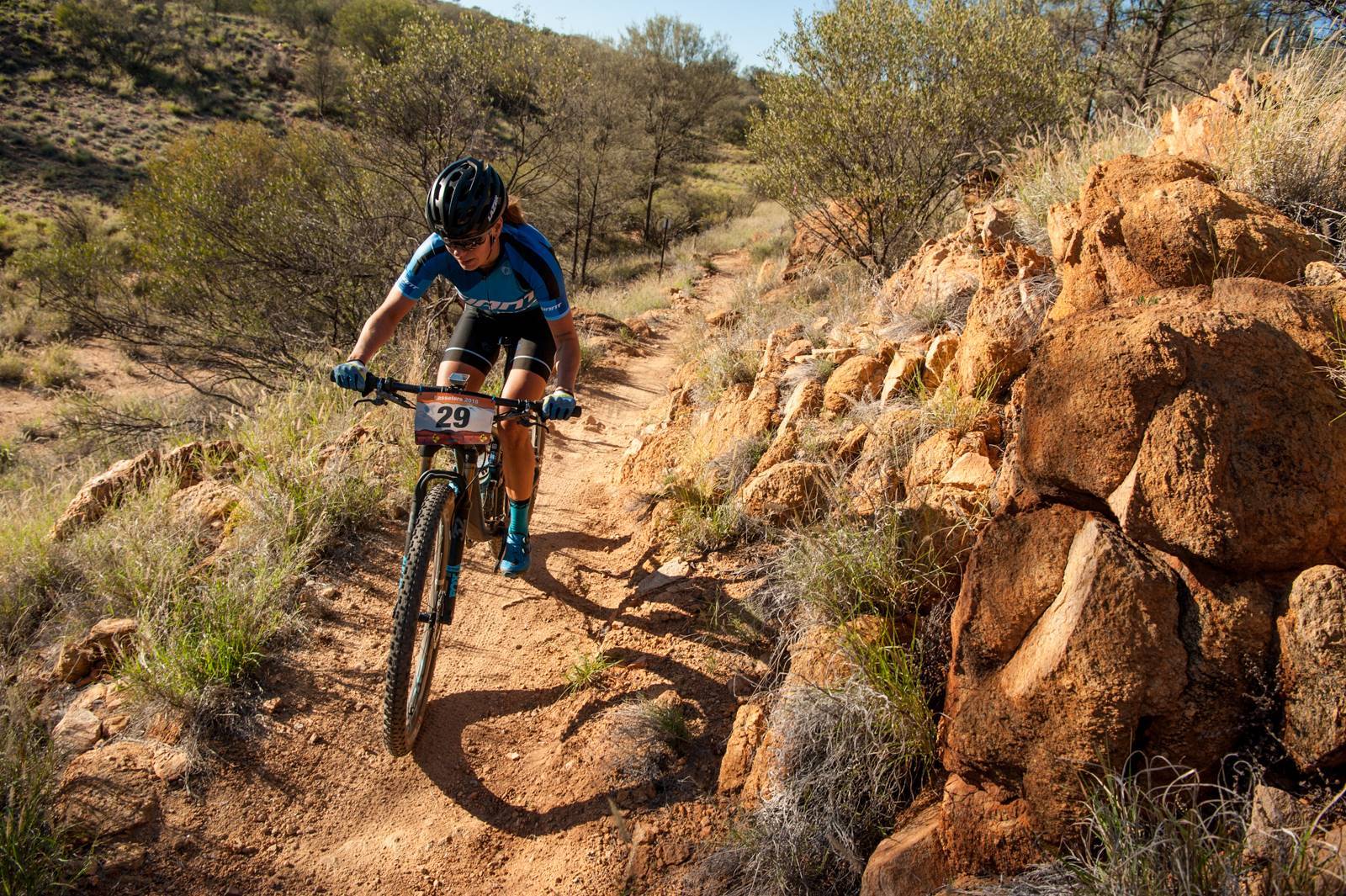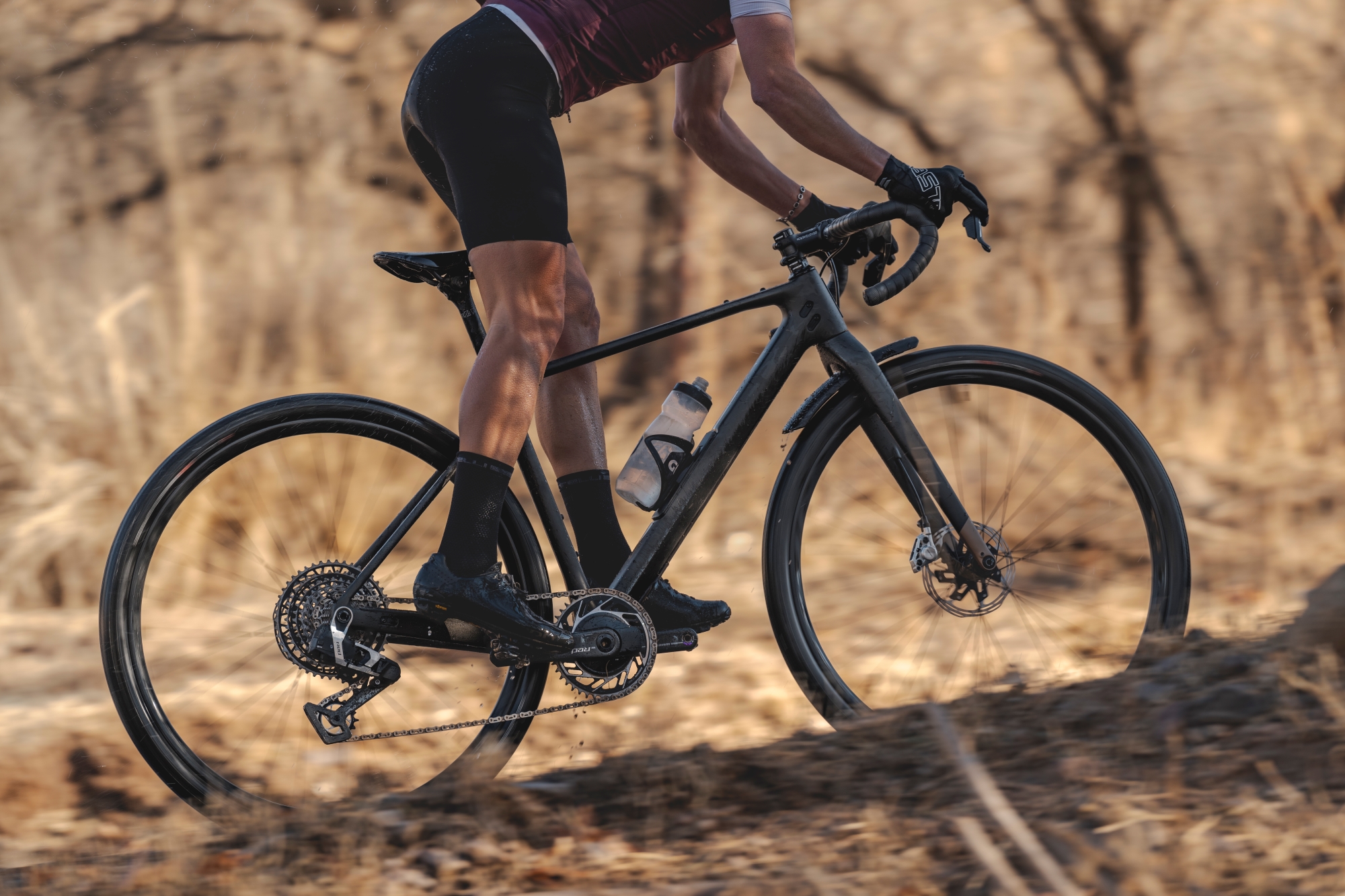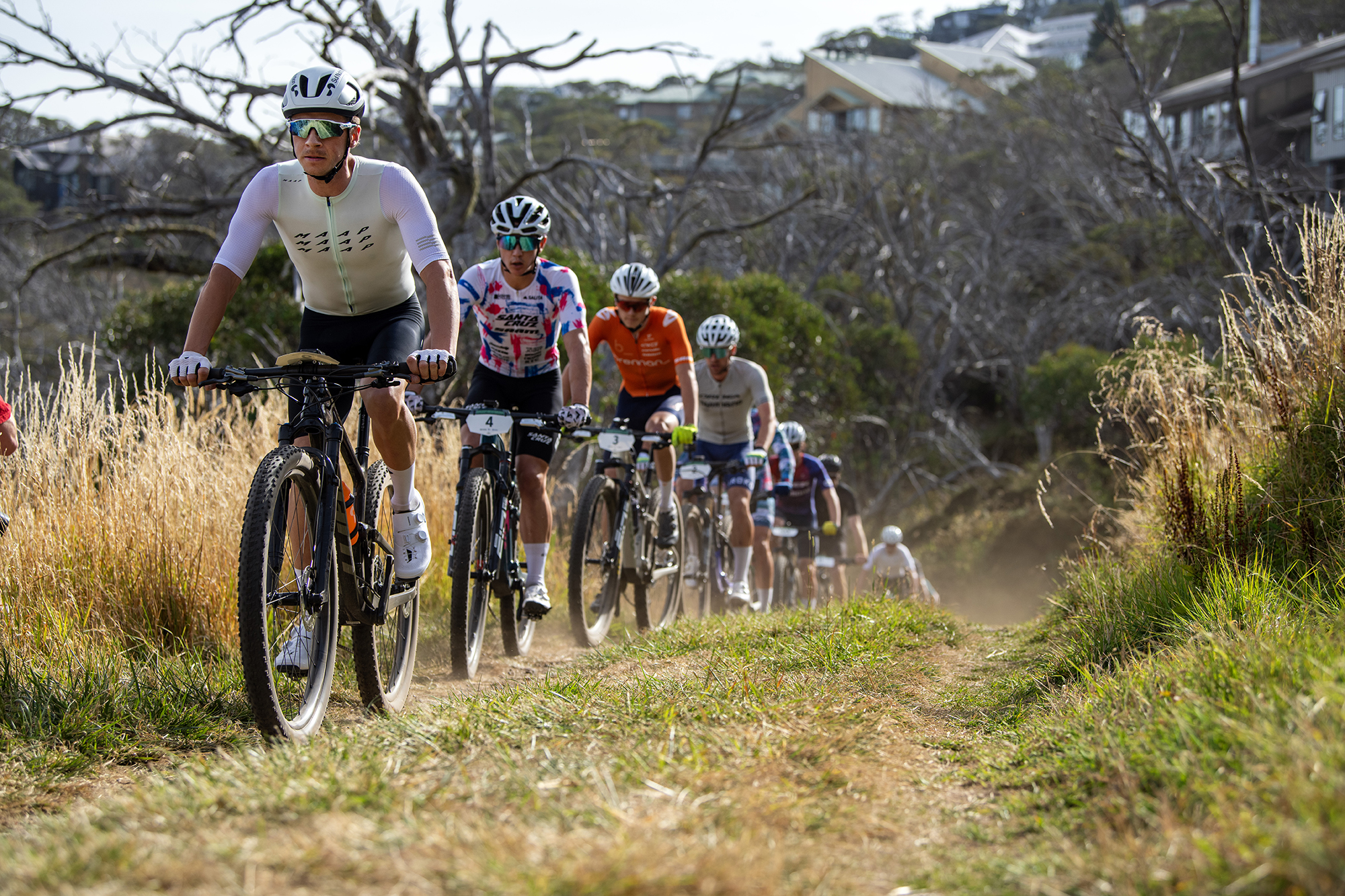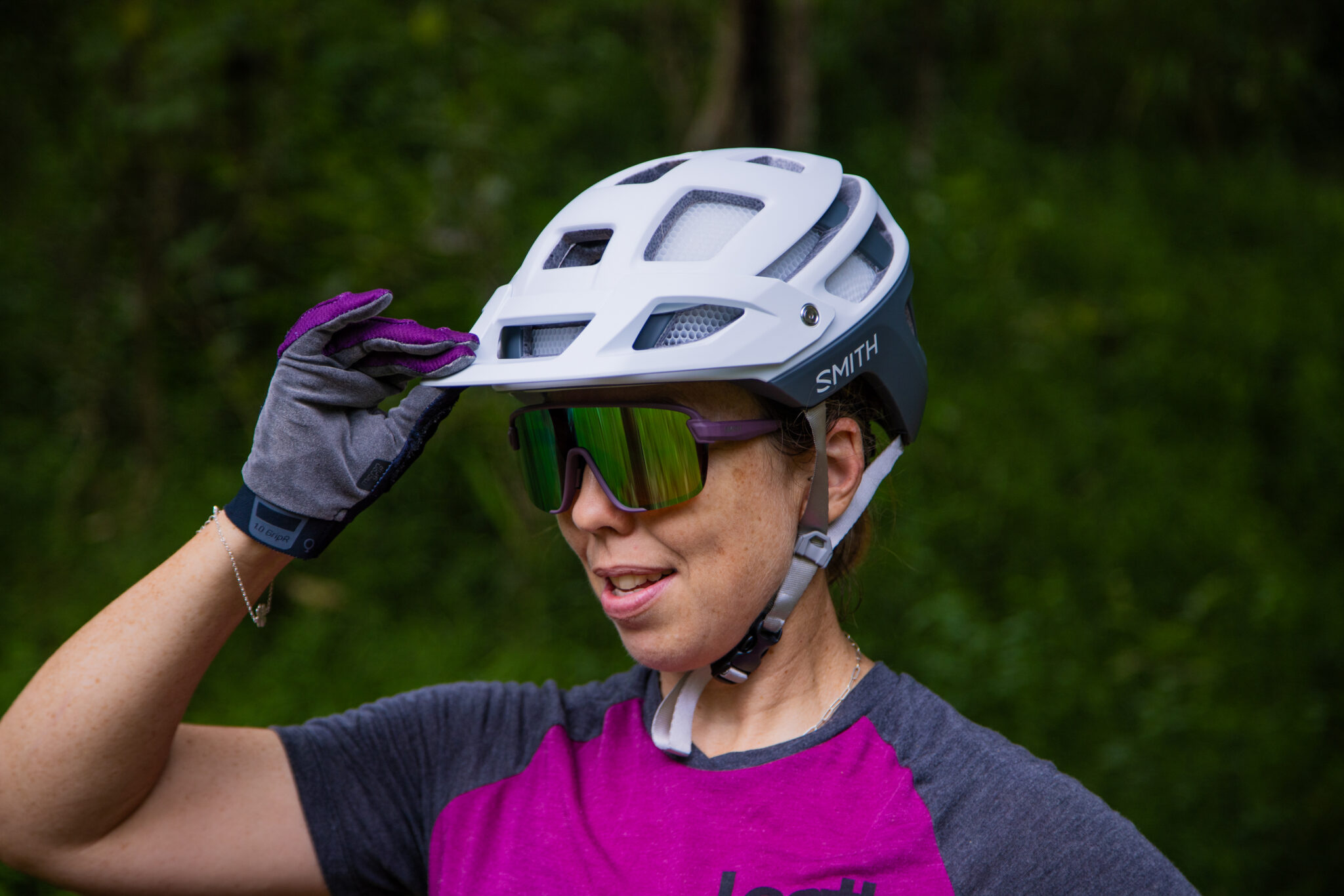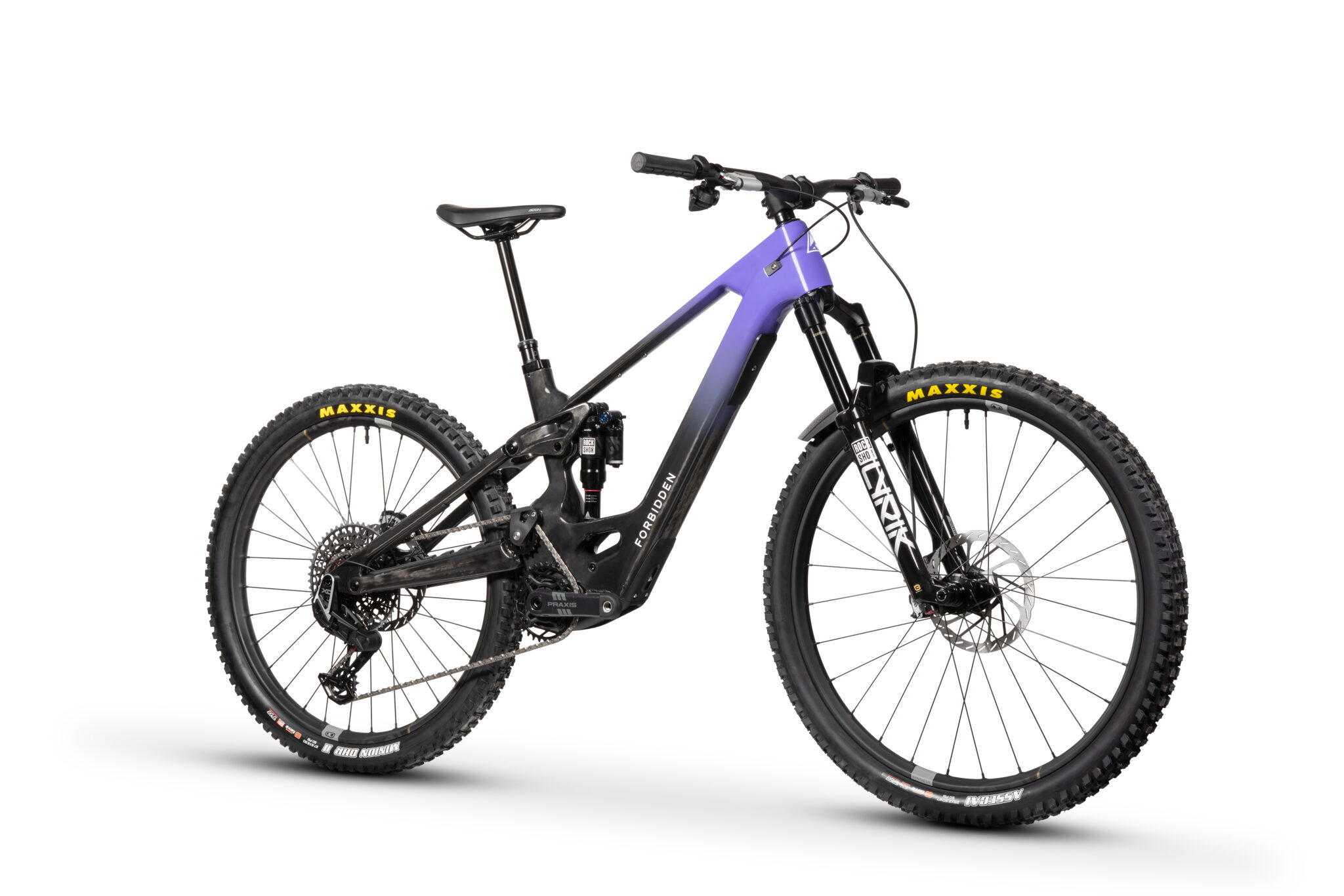Understanding genetics and potential for MTB training
How much does your natural ability impact your performance?
If you have ever watched the World Cup Cross-Country Olympic (XCO) race you would likely be in awe of the fluidity of motion of the fastest athletes: flying uphill, flowing downhill and pedalling as smooth as butter with mind-blowing wattages. The physiological demands of XCO are multifaceted: firstly XCO is primarily an endurance sport, so a solid aerobic foundation and VO2 max is a must. The top athletes must have an exceptional ability to withstand constant supra-threshold efforts brought upon by the terrain and other athletes, indicating they have exceptional power and mitochondrial respiration (developed from endurance training: remember “the mitochondria is the powerhouse of the cell!”) and very high lactate threshold.
Flying downhill requires strength and coordination to withstand the forces of the trails, but the demands of a high watt-per-kilo to climb incredibly steep gradients is also key: so being exceptionally strong and lean is another key attribute. In addition to this there are key psychological and skill acquisition ability that are also required.
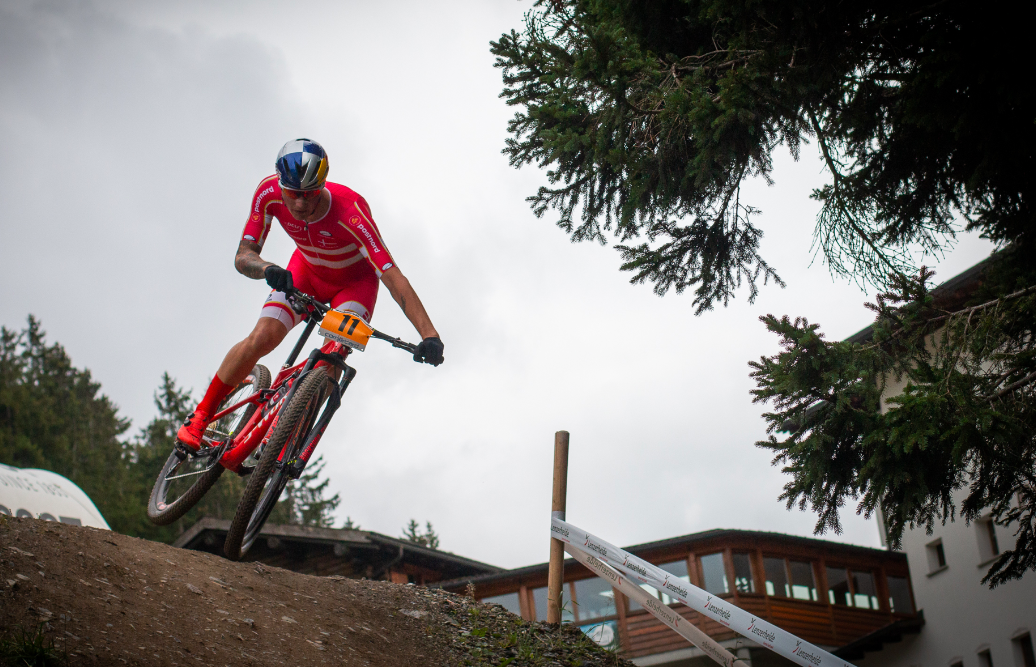
More than 200 genetic variants have been found to be associated with physical performance, 20 of those linked to elite athlete status, but does that mean that as mere mortals we should give up? How can we work with our own genetic capabilities to become the best athletes we can?
Mitochondria and endurance
The ability to ride hard for 90 minutes (or 4 hours for Marathon or Enduro!) is all about endurance. Each of us will be blessed with a difference in the percentage of our Type 1 (aka: slow twitch or oxidative) and Type 2 (aka: fast twitch, glycolytic) muscle fibres, with type one being more endurance focused, fatigue resistant and featuring more mitochondria. If you find yourself living for the marathon discipline it’s likely you have self selected your strengths potentially based on you being more Type 1 dominant.
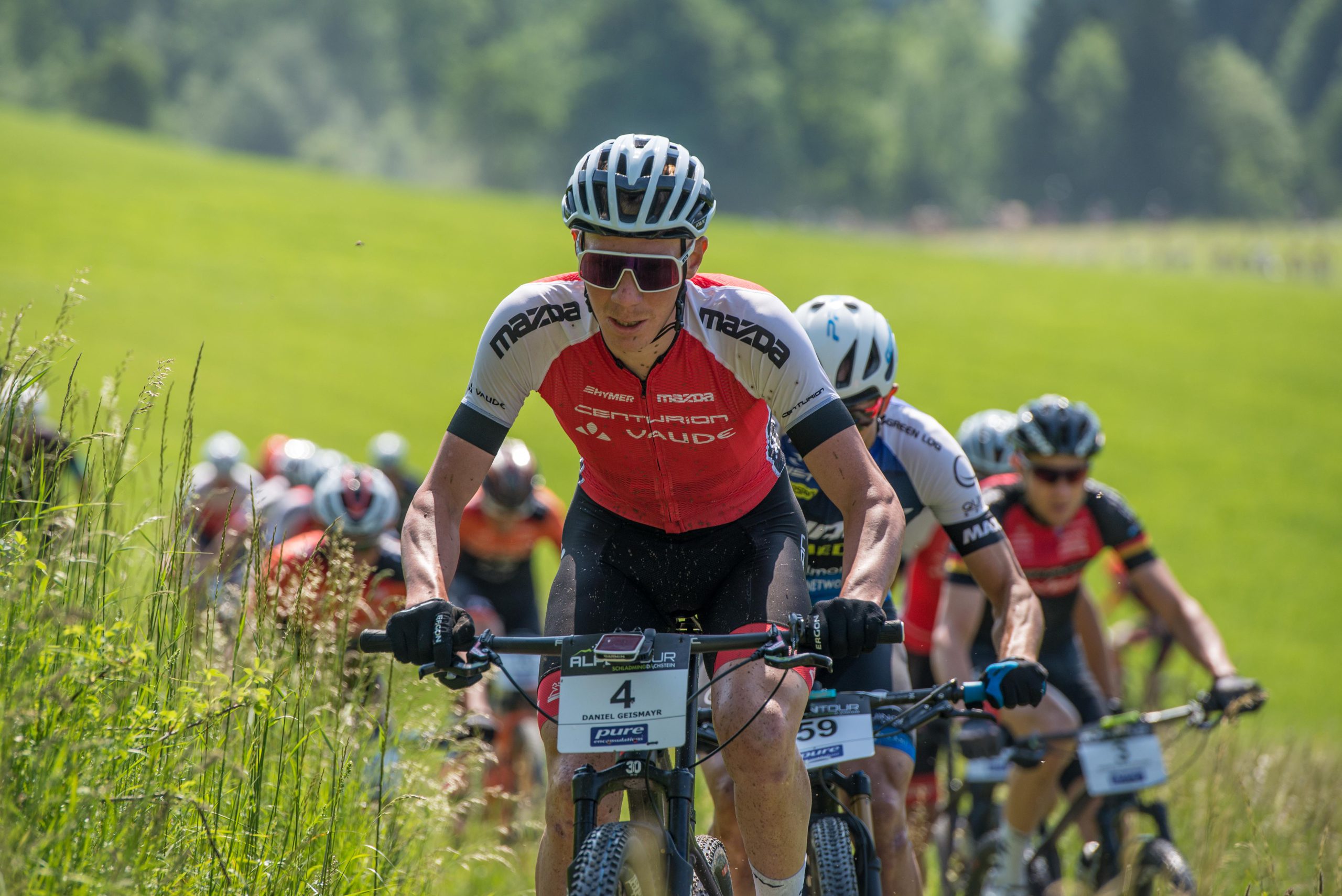
You can increase the number of mitochondria (the oxidative, slow twitch ones) by, you guessed it; increasing your endurance. In the age of Zwift and Strava segments, the old endurance ride seems a lot less sexy now than in the past: plus it’s fun to ride kind-of hard for 4 hours, but by riding slowly for 4 hours you get all the cool physiological changes like an increase in stroke volume of your heart, increased capillarisation, and increased mitochondria with the added benefit of reduced fatigue compared to riding in higher zones.
Try this: Increasing your endurance by incorporating several endurance rides per week: start with whatever you can manage (but usually around 2 hours is manageable for most people) and add 10% to the duration each week in dedicated endurance zones, these are done at around 60% of maximum heart rate or 60-70% FTP (rate of perceived exertion 3-4 out of 10, very easy). Getting niggles or fatigue? Slow down the progress, maintain duration or try a 5% increase. Too easy and feeling great after a few weeks? Try a 15% increase. The maximum ride time should be dictated by your goal events and life stressors: some athletes will build towards repeated 6 hour endurance rides, others may only be able to fit in 3 hours, but remember it’s all good: riding slow can make you fast.
VO2 Max
The VO2 max reading has been used for aeons as a way of assessing peak aerobic capacity: VO2 max is measured in milliliters of oxygen consumed in one minute, per kilogram of body weight (mL/kg/min) and is linked to performance, but isn’t the be all and end all. It’s believed that VO2 max is around 50% heritable: meaning that 50% of the variability in the trait in a population is due to genetic differences among people.
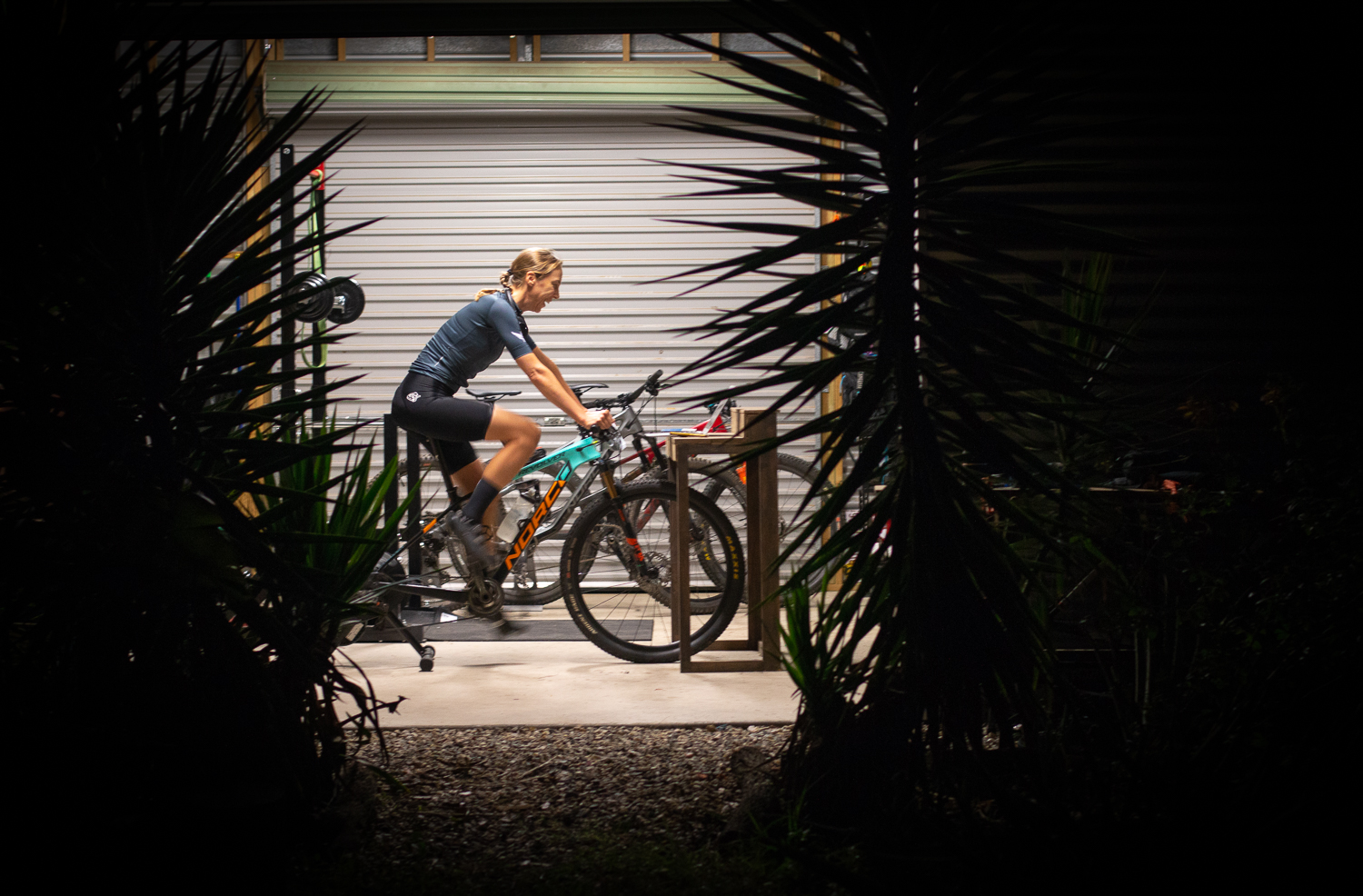
VO2 max ranges from around 27 and 32 for untrained women and men, to upwards of 65 and 70 for elite female and male cyclists. But it is trainable! While one athlete potential peak may be 45, another may be able to reach the mid-60s or more with training. In this way, our peak will have genetic influence but through training we can work with what we have (and increase by 10-15% on average).
Try this: A surefire way to increase your VO2 max is by focusing on consistent endurance training over a long period of time. Increasing training duration and endurance builds the foundation of a robust aerobic system, but prior to goal races specific VO2 max sessions can add the icing on the cake you’ve built. How do you do this?
Targeting the VO2 max zone in the specific build period prior to a goal race means getting ready to suffer for intervals of between 2.5-5 minutes. Theoretically intervals of 8-9 minutes can target VO2 max zone but I don’t know any coaches that prescribe that, it would be monstrous and very much risks lapsing into the threshold zone or physical and mental burnout.
These efforts are done between 105 and 120% of your set FTP, and a 1:1 work:rest ratio is a pretty safe bet. For HR users, we are looking at hitting above threshold by the end of the second effort (usually) and for RPE these are tough! 910 on the scale of hurt.
Morphology
If you are looking at professional cyclists, you’ll note that most of them have one thing in common: they’re lean and small. That’s not to say there are athletes who have made it to the top who defy this; looking at professional cross-country there are certainly a range of heights and sizes represented, however low levels of body fat is important; it’s dead-weight when climbing.

The thing is there is a wide range of ‘healthy’ and your own performance peak may be nowhere near the 55kg XC-waif you follow on Instagram. When it comes to morphology, or body shape, we are at the whim of our parents: morphology is highly heritable. I come from a family of endomorphs, with a smattering of mesomorph thrown in. Even at my lightest, I still had that same frame! It’s likely you inherited proportions from your mother and father, and this will be the grounding factor as to what your body at–its performance peak–will look like.
So if you are a clydesdale on the bike, it’s unlikely that you will be able to maintain power (let alone mental health!) if you’re dieting to model the physique of, for example, Trek Factory Racing’s Stéphane Tempier, you’re probably going to put yourself in the bin!
Try this: Health comes first when looking at training for a goal; without that everything else falls apart. When I have athletes discuss weight loss, I ask them the motivation behind it. Are they hitting all the session goals? Secondly, are they fuelling well to support their sessions, and thirdly is weight loss a reasonable goal at this stage in their riding?
Sometimes it is: and I will look at their diet, and if required, refer on to a sports dietician. But sometimes it’s merely wanting the aesthete of a professional athlete; which can come at the cost of performance.
Instead of going on crazy diets I urge my athletes to do the following, which usually results in the athlete finding their best training weight:
-Fuel for the work required
-Eat more vegetables
-Ensure to eat adequate protein and carbohydrate for recovery after sessions
-Make ‘better’ choices
-Enjoy the birthday cake
Other factors
This article has largely focussed on the physiological aspects of genetics that can influence performance, however to omit factors such as skill-acquisition, economy, psychology and motivation would paint a lopsided picture. The fastest person in the world could be on the couch with no motivation to do anything other than smoke cigarettes and watch TV; it’s important that we emphasise the effort and social factors that contribute to athlete development.
Without them there is no chance that an individual will ever reach their athletic potential! These factors are a little harder to measure genetically, but like most things, there is a genetic component to temperament and psychology influences approaches to training and motivation to succeed.
So do genes matter?
As Guth and Roth conclude in their study of genes on performance, “individual performance thresholds are determined by our genetic make-up, and training can be defined as the process by which genetic potential is realised”.
So while we can’t all be world champions, training effectively will allow us to realise our sporting potential!
Sources:
Bouchard C, An P, Rice T, Skinner JS, Wilmore JH, Gagnon J, Pérusse L, Leon AS, Rao DC
J Appl Physiol (1985). 1999 Sep; 87(3):1003-8.
[PubMed] [Ref list]
Guth LM, Roth SM. Genetic influence on athletic performance. Curr Opin Pediatr. 2013;25(6):653-658. doi:10.1097/MOP.0b013e3283659087
Tucker R, Collins M. What makes champions? A review of the relative contribution of genes and training to sporting successBritish Journal of Sports Medicine 2012;46:555-561.

